In our fast-paced world, the need for tranquility and relaxation has never been more vital. Natural spa interior design focuses on creating serene environments that promote well-being and rejuvenation. With my journey into the world of designing calming spaces, I’ve learned how to marry aesthetics with functionality. In this comprehensive guide, I’ll share everything you need to know about natural spa interior design, ensuring you can create your very own oasis of calm.
Understanding Natural Spa Interior Design
Natural spa interior design is all about bringing the outside in. This style embraces natural materials, a calming color palette, and an overall sense of peace. Think of elements inspired by nature that not only look beautiful but also contribute to a relaxing atmosphere.
The Elements of Natural Spa Design
- Color Palette: Soft hues like greens, blues, and earthy tones.
- Materials: Wood, stone, bamboo, and organic textiles.
- Lighting: Natural light sources, candles, and soft fixtures.
- Plants: Incorporating indoor plants for fresh air and aesthetics.
Benefits of Natural Spa Interior Design
Creating a natural spa environment comes with manifold benefits. Here are some key advantages:
Promotes Relaxation
The calming colors and natural materials help lower stress levels, making it easier to unwind.
Enhances Air Quality
Incorporating plants not only beautifies the space but also improves indoor air quality, a vital aspect of wellness.
Encourages Mindfulness
Natural elements can foster a connection to nature, promoting mindfulness and a greater sense of presence.
Key Design Principles
To successfully create a natural spa interior, adhere to the following design principles:
1. Emphasize Natural Light
Maximize windows and skylights to fill your space with sunshine. If you can’t change your architecture, consider using mirrors to reflect light.
2. Choose Sustainable Materials
Opt for sustainably sourced materials to reduce your environmental impact. Bamboo and reclaimed wood are excellent choices.
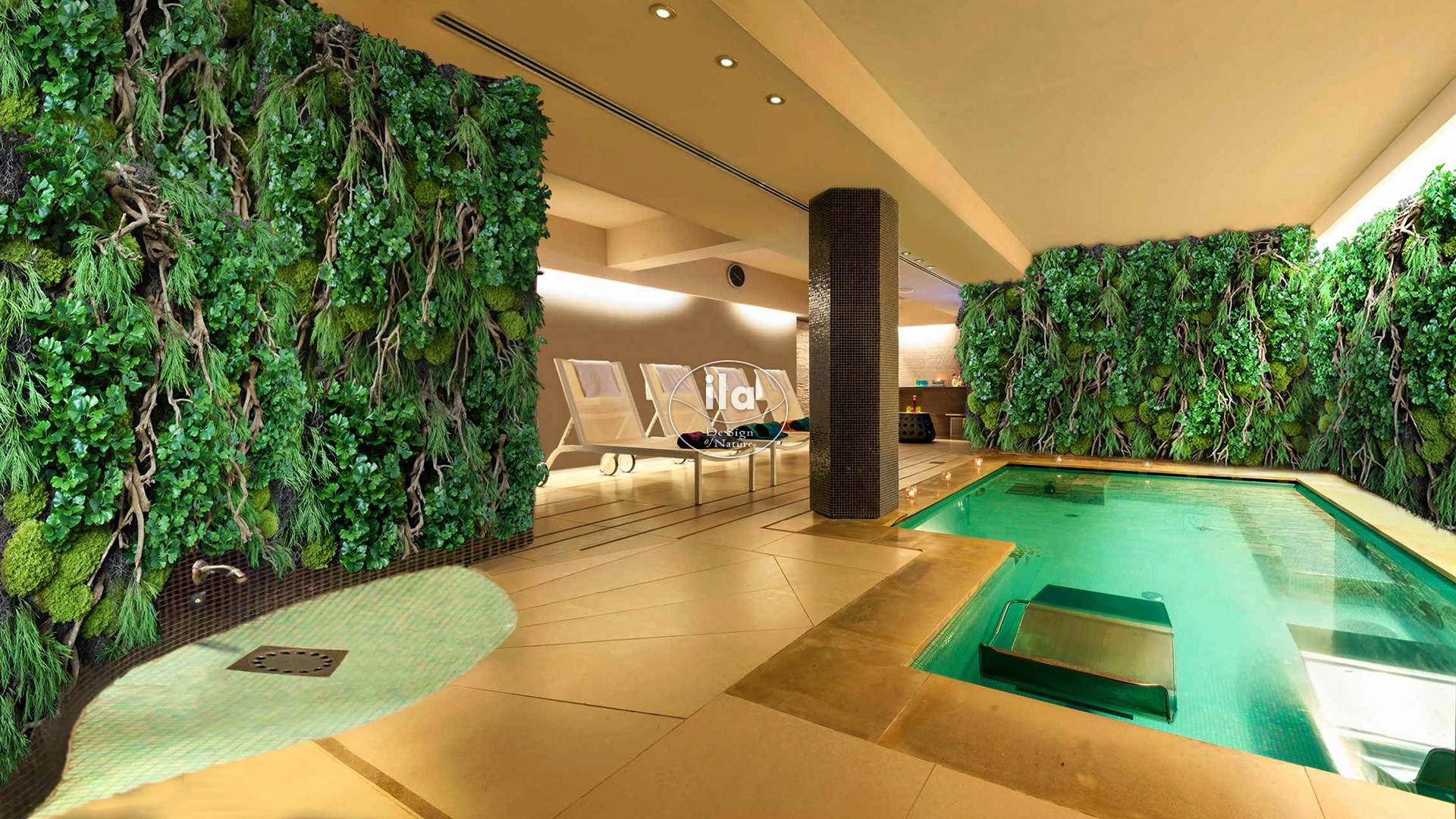
3. Create a Flowing Space
A natural spa should feel open and free. Avoid clutter and arrange furniture to promote easy movement.
Color Schemes for Natural Spa Interiors
Color plays a huge role in setting the mood. Here are a few inspiring color palettes:
| Color Palette | Description | Best Used In |
|---|---|---|
| Earth Tones | Warm beiges, browns, and terracottas | Lounge areas, treatment rooms |
| Ocean Blues | Soft blues and aquas | Bathrooms, relaxation spaces |
| Forest Greens | Deep greens and leafy shades | Yoga areas, meditation rooms |
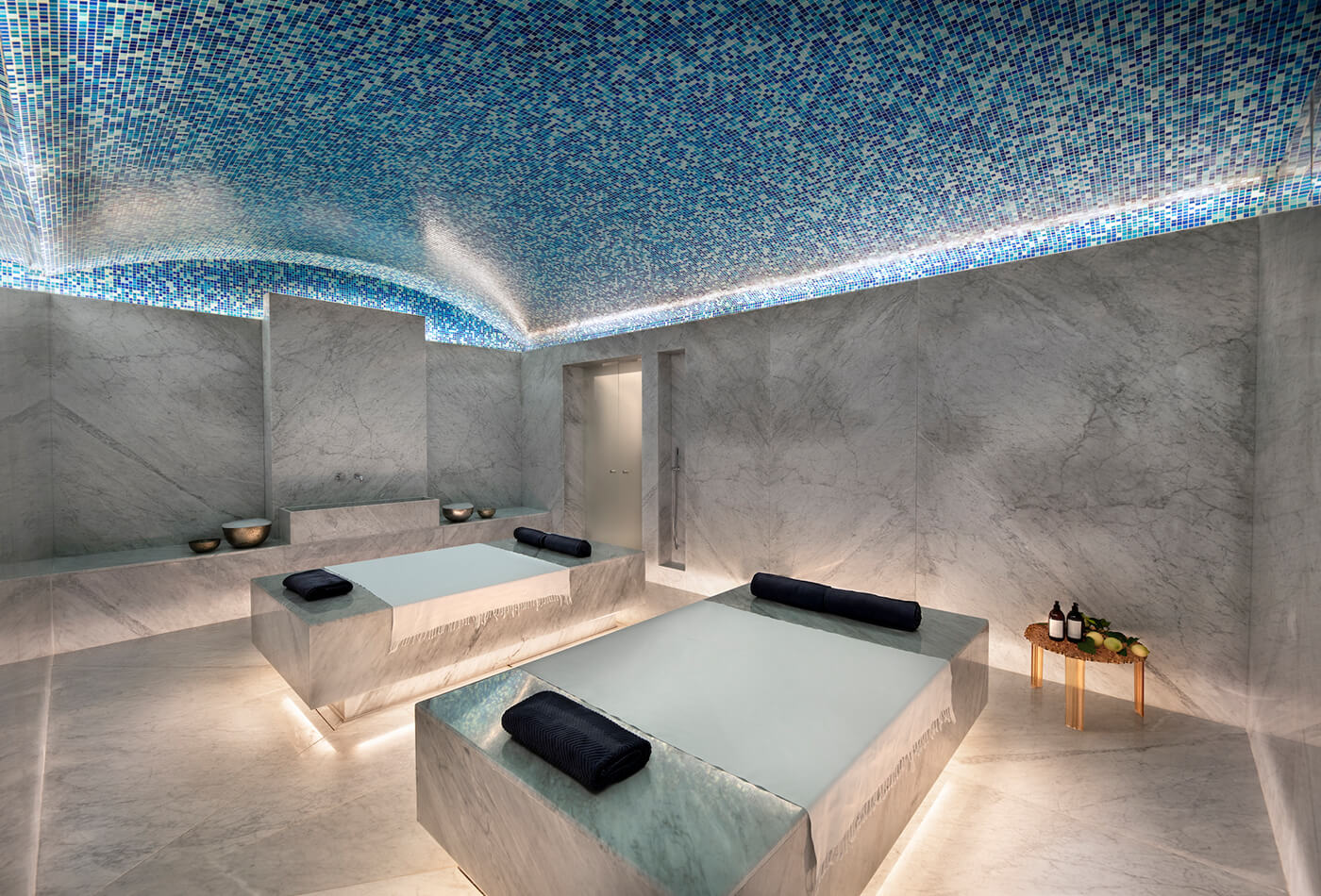
Choosing the Right Furniture
Furniture selection is crucial in natural spa design. Here are some suggestions:
1. Opt for Minimalistic Designs
Minimalism helps to keep spaces feeling open and airy. Choose streamlined furniture that doesn’t overpower the environment.
2. Incorporate Natural Shapes
Consider furniture with soft edges and organic shapes. This can create a more relaxed and comforting atmosphere.
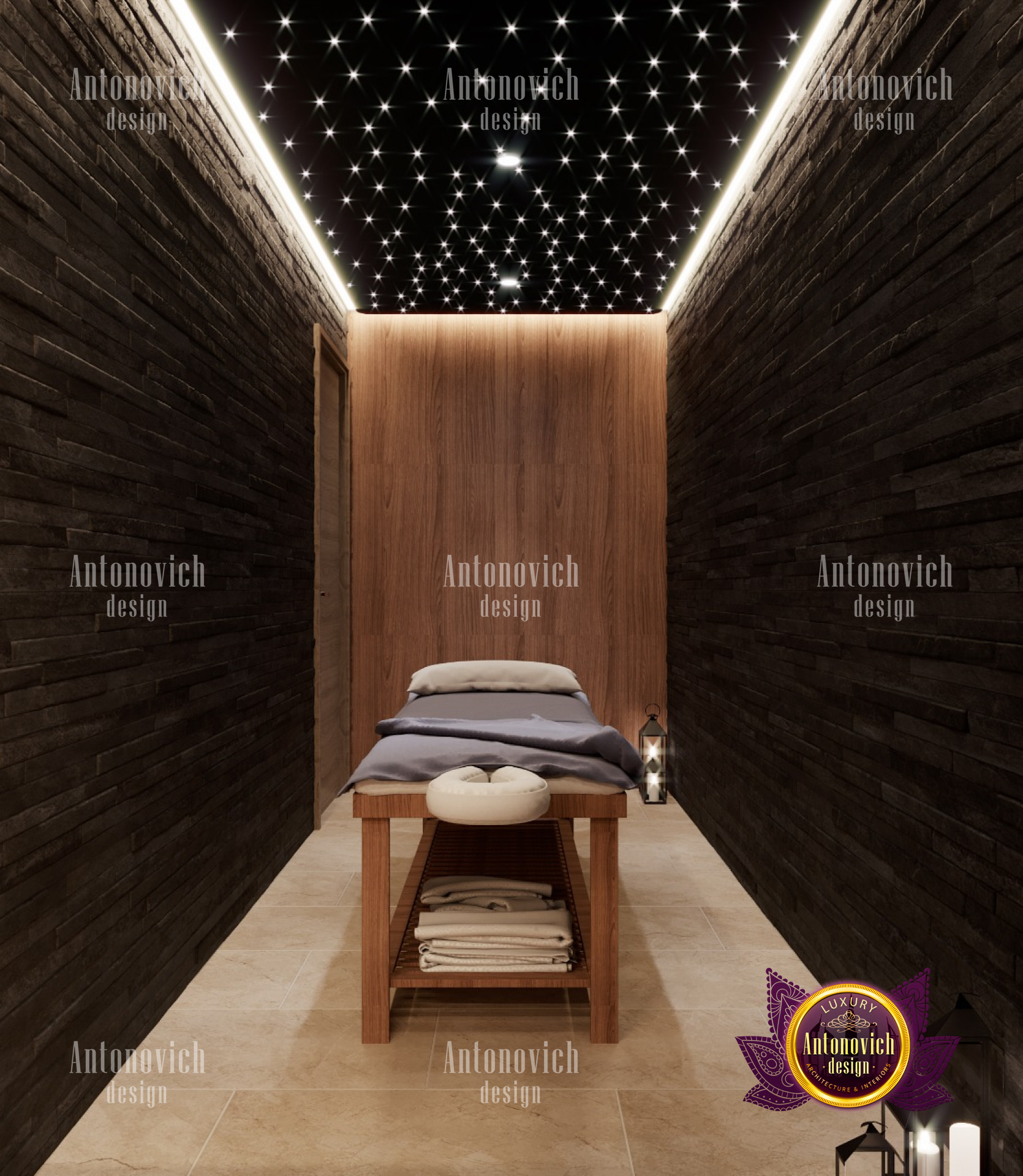
3. Use Multi-functional Pieces
Look for furniture that combines beauty and functionality, such as benches that offer storage.
Textures and Materials to Consider
The textures and materials used in natural spa design have significant implications for the overall feel of the space.
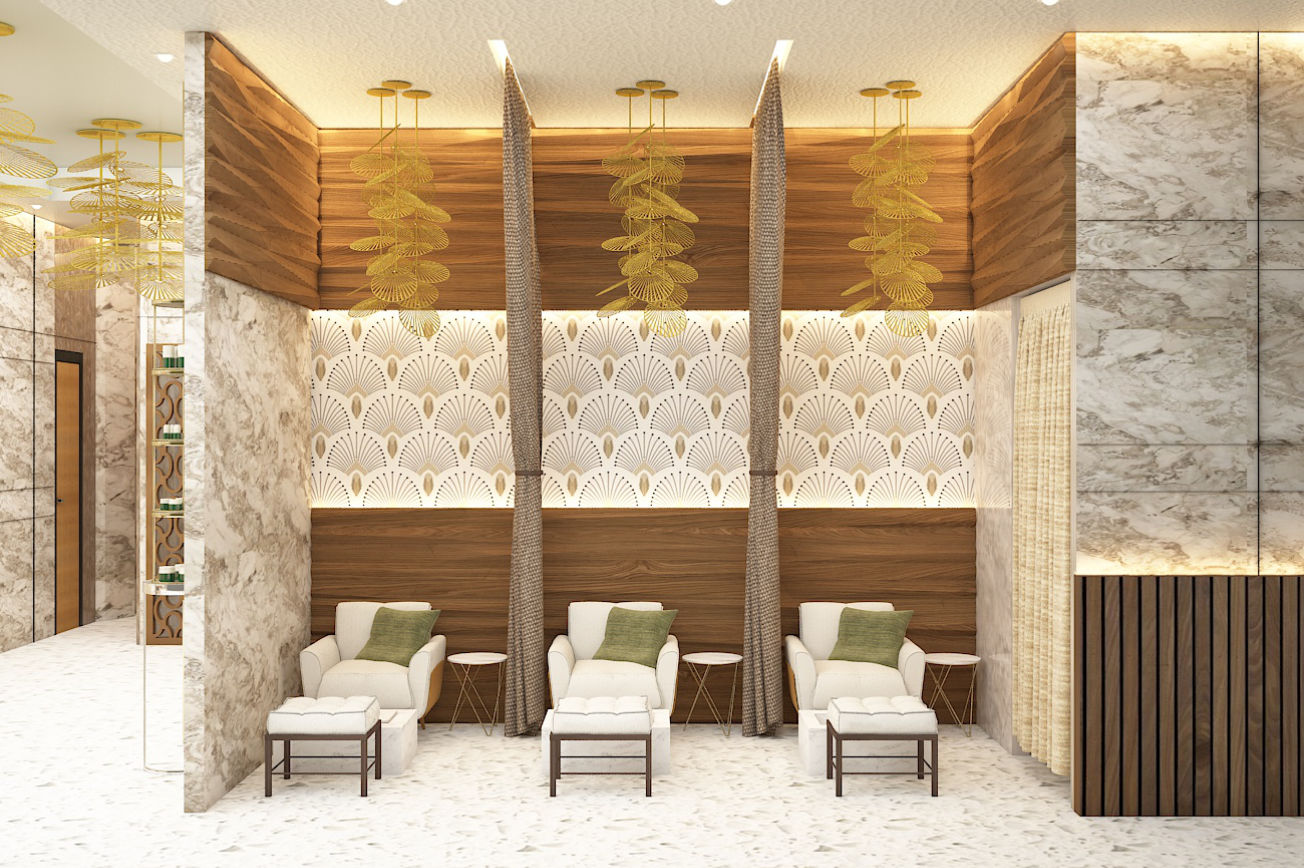
Wood
Natural wood can bring warmth to a room and is perfect for flooring, furniture, and decorative elements.
Stone
Incorporating stone in countertops or wall designs adds an earthy feel and is visually stunning.
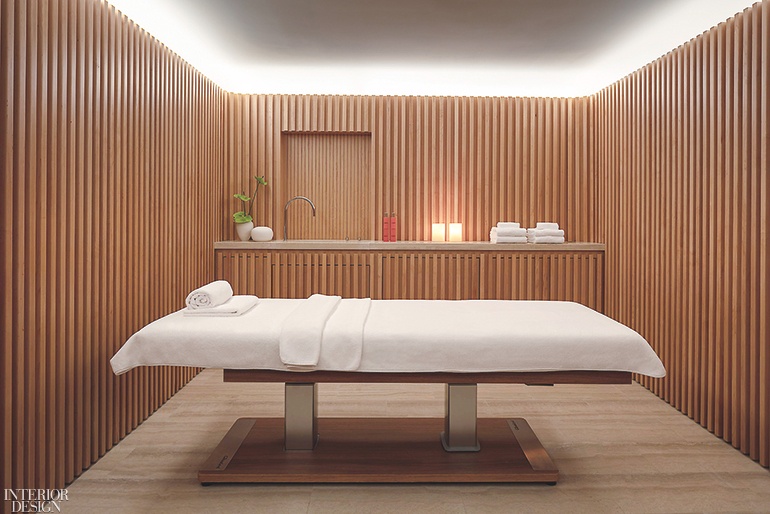
Organic Textiles
Using organic linens and cotton can make your space feel more inviting and luxurious, enhancing comfort.
Incorporating Water Features
The sound of flowing water can dramatically enhance the tranquility of your space. Here’s how to do it:

1. Indoor Waterfalls
Install a small indoor waterfall for a stunning focal point that promotes a soothing atmosphere.
2. Fountain Elements
Small tabletop fountains can add a touch of elegance and the calming sounds of water.
Lighting Techniques for a Relaxing Atmosphere
Lighting is essential in achieving the right ambiance. Here are some tips:
1. Soft, Dimmable Lights
Use dimmable lights to adjust brightness according to the time of day or mood.
2. Natural light
Try to maximize natural light during the day. Use sheer curtains to diffuse harsh rays.
3. Candles and Soft Fixtures
Candles can create a warm and inviting atmosphere. Use natural beeswax candles for added benefits.
Decorative Elements: Less is More
When it comes to decoration, remember the principle of “less is more.” Here’s how to choose decor wisely:
1. Art Inspired by Nature
Use artwork that reflects nature, such as landscapes or botanical prints.
2. Thoughtful Accents
Select a few decorative pieces that hold personal meaning, rather than cluttering the space.
3. Natural Scents
Incorporate essential oil diffusers or candles with calming scents like lavender or eucalyptus.
Creating a Relaxing Outdoor Space
Your natural spa design can extend outdoors. Here are some ideas:
1. Zen Gardens
Consider creating a Zen garden with sand, stones, and minimalistic plants.
2. Outdoor Relaxation Areas
Install comfortable seating areas using natural materials to promote relaxation in the fresh air.
3. Incorporating Fire Elements
A fire pit can add warmth and create a cozy gathering space outdoors.
Cost Considerations
While designing a natural spa, you’ll want to keep your budget in mind. Here’s a simple pros and cons analysis:
Pros
- Creates a personal retreat in your home.
- Potential increase in property value.
- Enhances mental well-being and relaxation.
Cons
- Can be costly depending on materials.
- Time-consuming if done DIY.
- Requires maintenance, especially with plants and water features.
FAQs About Natural Spa Interior Design
What Are the Best Plants for Indoor Spa Designs?
Some of the best plants include peace lilies, snake plants, and aloe vera, all of which purify the air and enhance aesthetics.
Can Natural Spa Design Be Applied to Small Spaces?
Absolutely! Use mirrors and light colors to create an illusion of space. Multi-functional furniture is a great choice for small areas.
How Often Should I Refresh My Natural Spa Interior?
Refreshing your space every few seasons can keep it feeling new. Small changes, like swapping textiles or rearranging decor, can make a big difference!
Is Professional Help Necessary for Designing a Natural Spa?
While you can certainly DIY, hiring a professional can help you make the best use of space and resources, especially for larger projects.
Conclusion: Your Path to Tranquility
Embarking on a journey to create a natural spa interior is not just about aesthetics; it’s about crafting a sanctuary that promotes well-being and relaxation. By incorporating natural materials, thoughtful designs, and calming aesthetics, you can transform any space into an oasis of peace. Whether you’re a seasoned designer or just starting, remember that the most important aspect of your spa is how it makes you feel.
Now that you have the tools and inspiration to create your own natural spa interior design, I encourage you to take the plunge. Find what resonates with you, and let your space reflect the tranquility you seek.